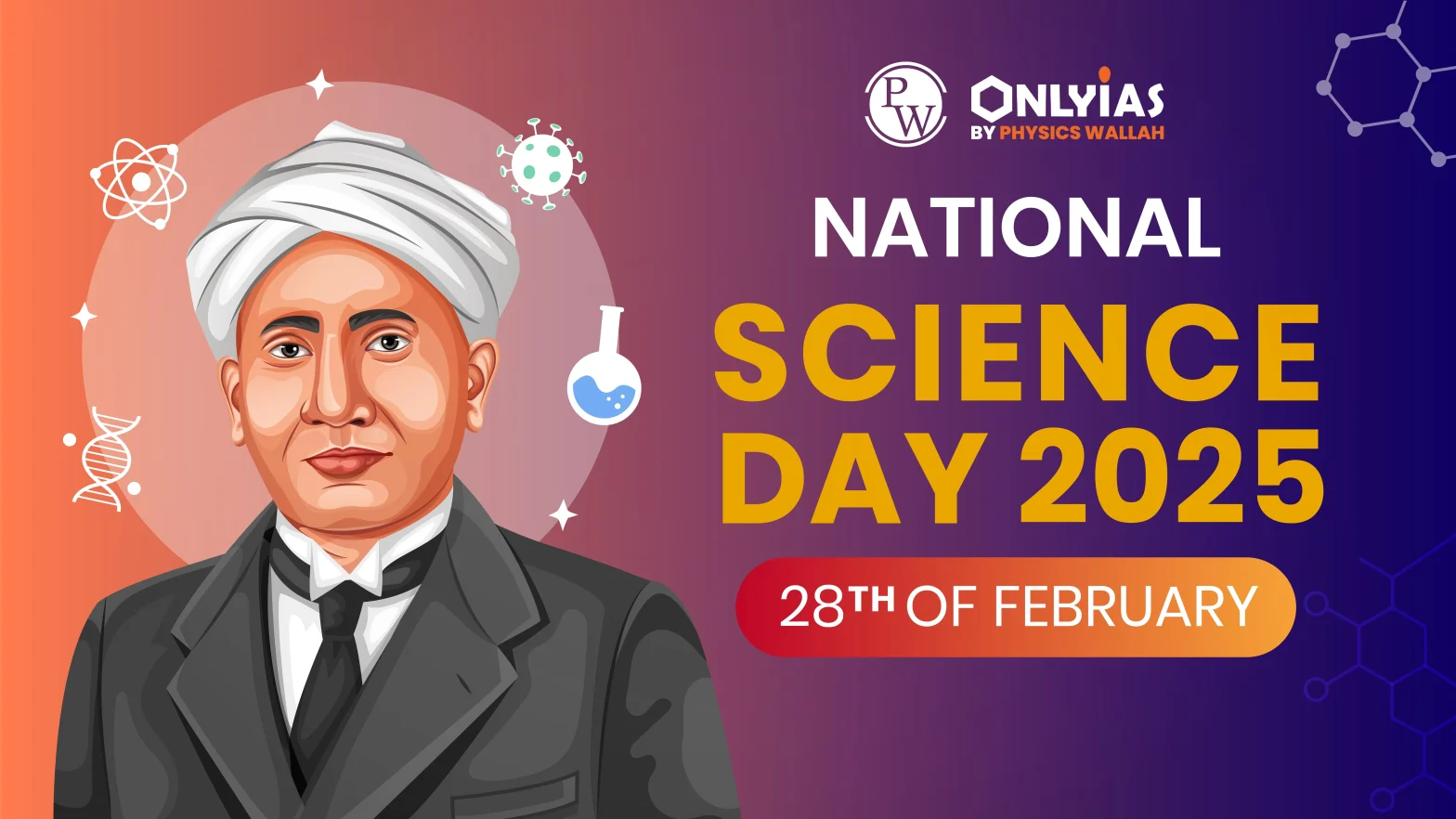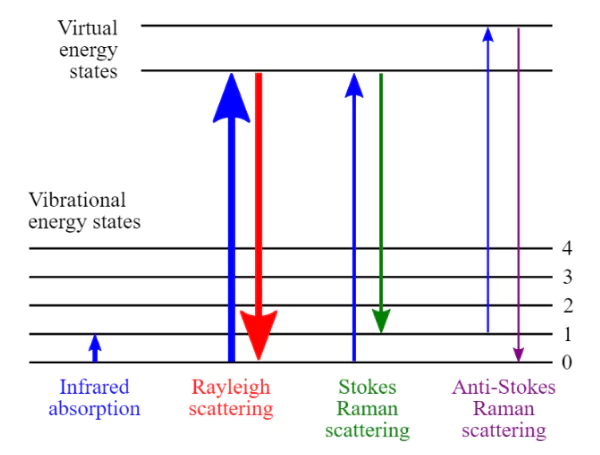National Science Day 2025 commemorates C.V. Raman’s Raman Effect. National Science Day 2025 inspires innovation, scientific awareness, and sustainability through exhibitions, seminars, and awards.

National Science Day 2025 is a momentous occasion to celebrate scientific achievements, honour great scientists, and inspire future generations to engage in research and innovation. Observed every year on February 28th, National Science Day commemorates the discovery of the Raman Effect by Sir C.V. Raman, a milestone in the field of physics that earned him the Nobel Prize in Physics in 1930.
National Science Day 2025 details why National Science Day is celebrated, its theme for 2025, the contributions of C.V. Raman, and the impact of the Raman Effect on scientific progress.
| National Science Day 2025 Overview | |
| Aspect | Details |
| Event | National Science Day 2025 |
| Date | February 28, 2025 |
| Occasion | Celebrates the discovery of the Raman Effect by Sir C.V. Raman in 1928 |
| Why It Is Celebrated | To promote scientific awareness, recognize contributions to science, and inspire innovation |
| Theme for 2025 | Empowering Indian Youth for Global Leadership in Science and Innovation for VIKSIT Bharat |
| Significance | Encourages scientific thinking, innovation, and awareness of sustainability |
| Key Scientist | Sir C.V. Raman (1888–1970), Indian physicist and Nobel Laureate |
| What Is the Raman Effect? | A phenomenon in which light changes wavelength when scattered by molecules, used in spectroscopy and material science |
| Major Events | Science exhibitions, lectures, quizzes, awards, workshops, and competitions |
| Awards Presented | National Awards for Science Communication, Rashtriya Vigyan Puraskar, Shanti Swarup Bhatnagar Prize |
| Institutions Involved | Schools, universities, research institutes, science centres, and government organizations |
| Objective | To inspire students, promote research, and highlight India’s scientific contributions |
National Science Day is celebrated to honour the contributions of Sir C.V. Raman, whose groundbreaking discovery of the Raman Effect revolutionized the understanding of light scattering. The Government of India declared February 28th as National Science Day in 1986, aiming to promote scientific awareness, encourage innovation, and highlight the importance of research and technology.
Each year, National Science Day brings together scientists, students, educators, and policymakers to discuss advancements in science and their role in shaping a better future.
The official theme for National Science Day 2025 has been announced. The National Science Day 2025 theme is “Empowering Indian Youth for Global Leadership in Science and Innovation for VIKSIT Bharat.”
This theme sets the direction for discussions, seminars, and activities held nationwide, including celebrations at Vigyan Bhawan. It emphasizes the role of young scientists in driving India’s progress through innovation and global scientific leadership.”
Sir Chandrasekhara Venkata Raman (C.V. Raman) was an Indian physicist born on November 7, 1888. He is best known for his discovery of the Raman Effect, which describes how light changes its wavelength when scattered by molecules.

Raman’s discoveries significantly influenced molecular physics, spectroscopy, and quantum mechanics, making him one of the greatest scientists in Indian history. His pioneering research laid the foundation for numerous scientific advancements and is still widely used in medical diagnostics, material science, and nanotechnology.
The Raman Effect is the phenomenon where light, when scattered by molecules, undergoes a shift in wavelength due to interactions with molecular vibrations. This discovery provided a new tool for studying the composition and structure of materials.

Today, the Raman Effect is extensively used in forensic science, pharmaceuticals, material science, and even space exploration.
National Science Day 2025 will be characterised by various events across schools, colleges, and scientific institutions. The following activities will be conducted:
On National Science Day there are several awards presented to honor contributions to science and technology. These awards recognize outstanding achievements in scientific research, communication, and innovation.
These awards recognize efforts in popularizing science through various media, including books, articles, digital platforms, and public outreach programs.
The Rashtriya Vigyan Puraskar is a recently introduced award category that includes four sub-categories:
One of India’s most prestigious scientific awards, the Shanti Swarup Bhatnagar Prize is awarded for excellence in research in various fields of science and technology.
This award encourages science education and awareness, honouring individuals and institutions that make science accessible to the masses.
The importance of National Science Day lies in its ability to:
Educational institutions, research organizations, and science centers actively participate in seminars, exhibitions, and science fairs to honour National Science Day.
National Science Day 2025 is more than just a commemoration of C.V. Raman’s discovery; it is a celebration of science, research, and innovation. With the expected theme “Science for Sustainable Development: Promoting Green Technologies,” this year’s celebration will focus on how science can create a greener, more sustainable future.
Ready to boost your UPSC 2025 preparation? Join PW’s UPSC online courses today!
National Science Day is celebrated to honour C.V. Raman’s discovery of the Raman Effect, which revolutionized light scattering studies.
The theme of National Science Day 2025 is Empowering Indian Youth for Global Leadership in Science and Innovation for VIKSIT Bharat.
C.V. Raman was an Indian physicist who discovered the Raman Effect, earning him the Nobel Prize in Physics in 1930.
The Raman Effect is a phenomenon where light changes its wavelength when scattered by molecules, aiding in spectroscopy and material analysis.
National Science Day is celebrated through science exhibitions, lectures, workshops, quizzes, and awards recognizing scientific contributions.
National Science Day was first observed in 1987 after the Indian government declared February 28th as a day to promote scientific awareness.

<div class="new-fform">
</div>